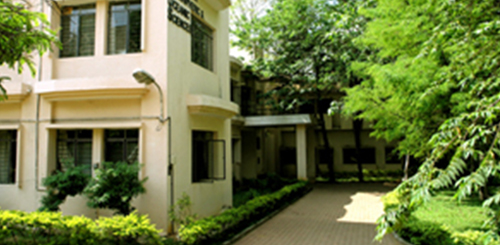
Centre for Atmospheric and Oceanic Sciences (CAOS)
Indian Institute of Science (IISc), Bangalore
080- 22932505
office.caos@iisc.ac.in
History

The Centre for Atmospheric Sciences was established in 1982 under the chairmanship of Prof. Roddam Narasimha. This became the Centre for Atmospheric and Oceanic Sciences in 1996. Owing to its interdisciplinary nature, over the years, the Centre has attracted faculty and students from different branches of science and engineering. In addition to its intellectual character, research in atmospheric and oceanic science addresses issues relevant to our society and our future. Through its history, the Centre has received generous support from the Department of Ocean Development, the Department of Space, the Department of Science and Technology, the University Grants Commission and the Ministry of Human Resources Development.
A core aspect of our research involves the understanding of tropical climate and its variability on intraseasonal, seasonal and decadal timescales. In addition to this, faculty in the Centre have research interests that span the entire realm of atmosphere-ocean-climate science. Over the past decade, issues studies include climate modeling and extremes, the space-time structure of rainfall, geoengineering, mixing and fine-scale upper ocean structure in the Bay of Bengal, river runoff and ocean circulation, tropical intraseasonal oscillations, monsoon cloud structure, aerosol physics and chemistry and geophysical turbulence.
A distinguishing feature of CAOS is the lead our faculty have taken in the design and implementation of national and international field campaigns. Notable missions include, Monsoon Trough Boundary Layer Experiment (MONTBLEX, 1990) followed by the Bay of Bengal Monsoon Experiment (BOBMEX, 1999), Arabian Sea Monsoon Experiment (ARMEX, 2002-05) and the Continental Tropical Convergence Zone experiment (CTCZ, 2009-2015) as part of the Indian Climate Research Program (ICRP). More recently, faculty from the Centre have helped in defining the scientific objectives of the Indo-French Megha-Tropiques satellite and participated in the Cloud Aerosol Interaction and Precipitation Enhancement Experiment (CAIPEEX, 2009-2012). Ongoing international missions that we are participating in include, Ocean Mixing and Monsoon (OMM), The Bay of Bengal Boundary Layer Experiment (BoBBLE) and Interaction of Convective Organization with Monsoon Precipitation, Atmosphere, Surface and Sea (INCOMPASS), which are Indo-US and Indo-UK collaborations, respectively.
In view of a host of new observation platforms around India, sophisticated satellite data and and more powerful computational resources, the next decade promises to be an exciting one for atmospheric, oceanic and climate sciences. We welcome students and scientists to join us in this exciting venture!